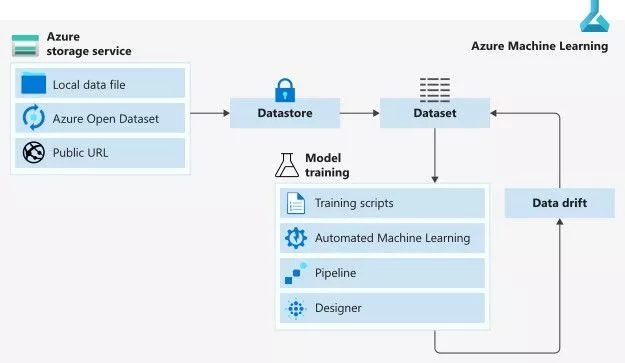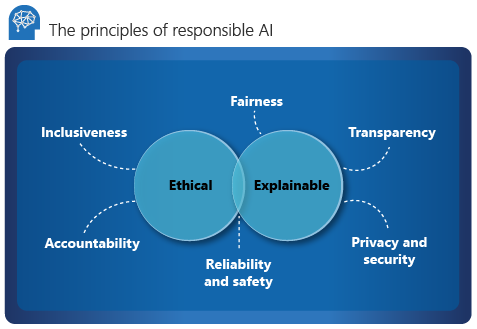AZ-500 Microsoft Azure Security Engineer Associate Exam Study Path
Matt Hidalgo2024-04-18T07:02:05+00:00Bookmarks Study Materials Azure Services to Focus On Validate Your Knowledge Final Remarks The AZ-500 Microsoft Azure Security Engineer Associate certification is designed for security engineers who are responsible for security posture, implementing security controls, managing identity and access, and protecting data, applications, and networks in cloud and hybrid environments as part of an end-to-end infrastructure. Similar to AZ-305, it's aimed at individuals with a strong understanding of Azure services but with a specific focus on security-related tasks. The exam will measure your skills in the following areas. Manage identity and access Secure [...]











